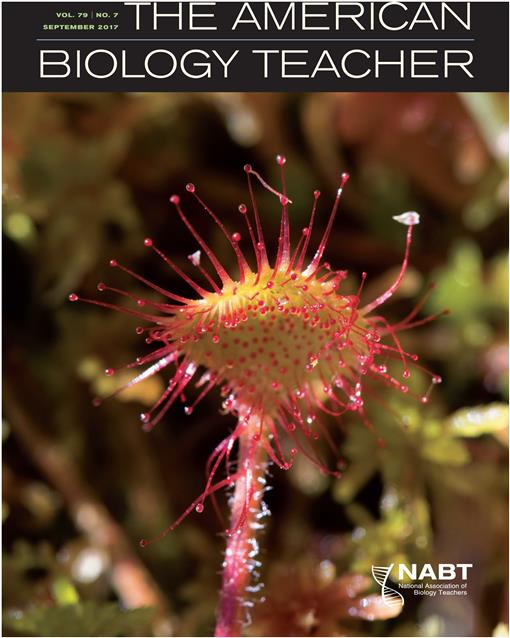The addition of field experimentation to the theory of behavioral biology and ecosystem science creates a significant critical thinking link for students at all levels. First-hand observations of the responses of salamanders in the field permit students to see how organisms behave in their natural habitat. This exercise introduces students to the study of animal behavior, specifically the antipredator responses of salamanders. The students form hypotheses regarding the behavior of salamanders in their natural environment and then record responses of individual salamanders, compile data, interpret data, and draw conclusions about the behavior of salamanders in response to natural stressors.
How to translate text using browser tools
1 September 2017
Salamander Antipredator Defenses: A Field Exercise to Engage Students in Ecosystem Dynamics
Sandra J. Connelly,
Katelyn Meier,
Madeline Becker
ACCESS THE FULL ARTICLE
It is not available for individual sale.
This article is only available to subscribers.
It is not available for individual sale.
It is not available for individual sale.

The American Biology Teacher
Vol. 79 • No. 7
September 2017
Vol. 79 • No. 7
September 2017
“fight or flight” responses
abiotic stressors
animal behavior
antipredator postures
aposematic signals
biotic stressors
field data collection




